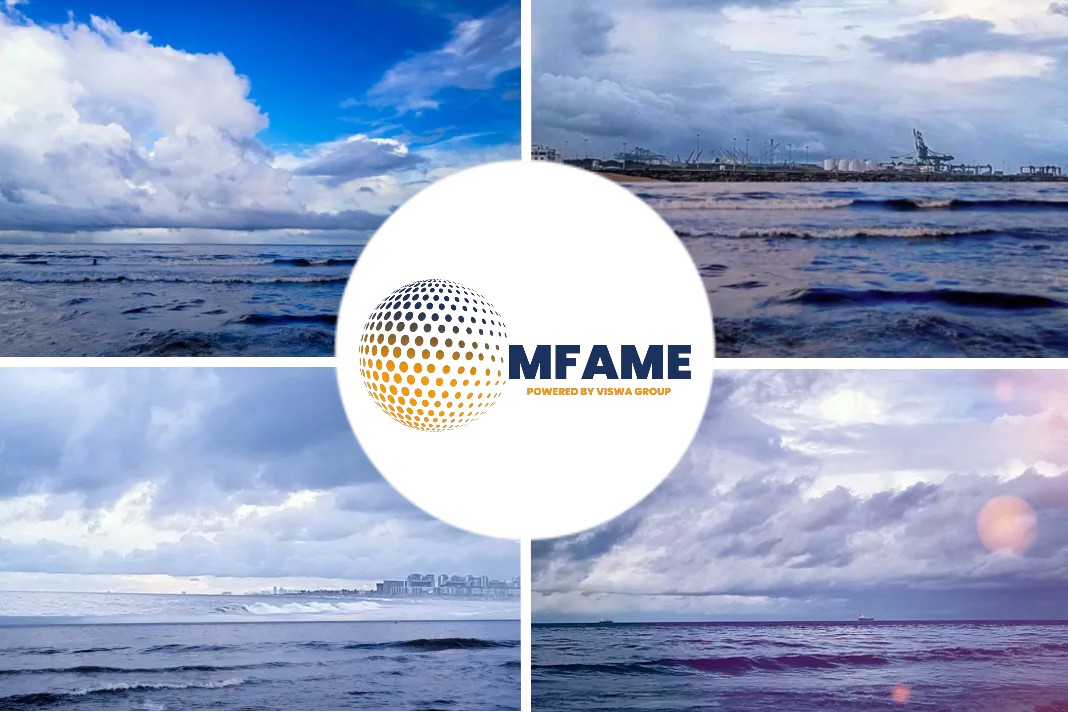
Lloyd’s Register Maritime Decarbonisation Hub (LRMDH) and the Maersk McKinney Moeller (MMM) Zero Carbon Shipping Centre commissioned Lloyd’s Register’s Human Factors advisory department to assist with the identification of human factors considerations related to the use of ammonia as fuel for reference designs of tanker, container and bulk carrier vessels.
Ammonia Fuel Use
The objective was to provide a preliminary account of the factors that should be addressed to prepare for ammonia fuel use within the context of safe, efficient and environmentally sound operations. As with conventional fuel, using ammonia as fuel is associated with hazards. Ammonia hazards include toxicity to humans, corrosion, and to a lesser extent, fires and explosions. Due to its novelty as a fuel in the maritime industry, it is critical that the various ammonia risks including those associated with human factors are understood so that appropriate operational and design safeguards, including engineering and administrative controls, can be put in place to address risk potentials.
Method Used
Lloyd’s Register’s Human Factors team led and contributed to various risk assessment work packages within the Mærsk McKinney Møller (MMM) Zero Carbon Shipping and LRMDH Ammonia Fuel’s Risk Analysis programme of work. They included the following:
- Early Human Factors Analysis (EHFA): To identify human factors safety challenges associated with industry preparedness of using ammonia fuel to establish further risk assessment approaches.
- Risk reduction workshop participation: Participation in safety workshops to explore human factors considerations and challenge assumptions of risk associated with various design risk nodes.
- Safety Critical Task Analysis (SCTA): Qualitative Risk Assessment method to assess human error opportunities contributing to process safety for various scenarios.
- Working Environment Health Risk Assessment (WEHRA): Assessment of conceptual designs of vessels to address the health and safety of persons for bunkering, maintenance and fuel preparation activities.
- Competency needs analysis: Identification of key areas of upskilling based upon a high-level concept of new operations.
Findings
The results of these analyses point to the need for companies and the marine industry to apply human factors engineering principles, such as ergonomics, within the design of ammonia fueled vessels as well ensuring enhancements to a company’s safety (and environmental) management system and approach. For example, procedures must outline any new or modified planning, communication, competency / training and emergency response requirements related to ammonia.
Other areas where modification, changes or new enhancement would be needed include but are not limited to, managing changes to operational and maintenance procedures and practices, personnel related matters including roles, responsibilities, staffing and interfaces with other organizations.
To read the full report click here
Did you subscribe to our daily Newsletter?
It’s Free! Click here to Subscribe!
Source: MaritimeLR

























